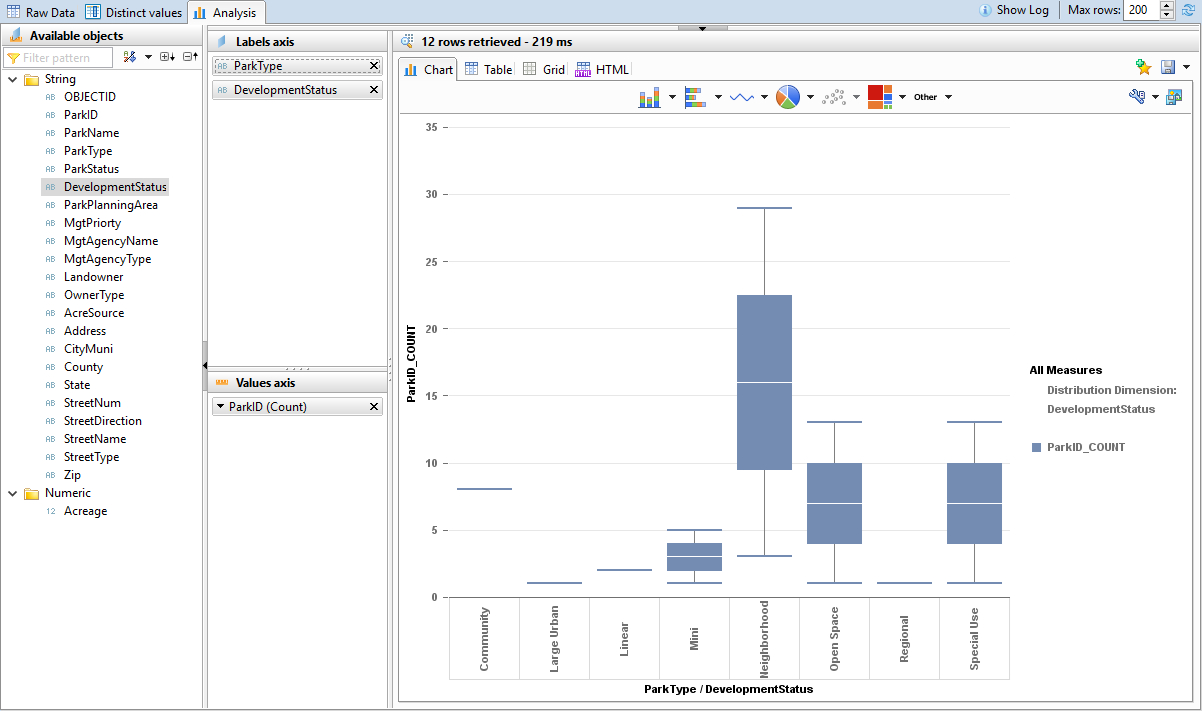It is essential to fully comprehend the process before deciding how to proceed with your SBEM analysis. A certified energy assessor will perform accurate SBEM calculations, as along with the necessary EPC at the conclusion of the project. They will explain the procedure to you and assist you select the best actions to achieve the best results for you project.
Level 3 and Level 4 SBEM calculation
A SBEM Calculation is legally required for commercial buildings being built or renovated, as well as some extensions. The calculations take into consideration the building’s geometry and size and calculate the amount of energy required for cooling, heating and ventilation. They also take into account the use of renewable energy sources. To ensure that buildings meet all energy standards the results of these calculations will be submitted to building controls.
sap calculation are required for commercial extensions that are larger than usual, and for buildings that have fixed services, or existing buildings of a certain amount. They also provide greater flexibility in design than standard calculations, and are usually required by Building Control.
Design stage SBEM assessment
A design stage SBEM assessment is conducted before construction starts. A second stage, also known as an as-built SBEM is carried out after construction, to demonstrate that the building was constructed in accordance with the design. This is the as-built SBEM, also known as a Building Regulation UK part L report, is known. New versions of the SBEM have been created since the 2013 revisions to the Building Regulations. However, older versions of the SBEM could still be used in projects with transitional arrangements.
A SBEM calculation takes into account the type of construction, building geometry and orientation as well as mechanical services. It also factors in how the building will be used. A national calculation methodology gives data for various kinds of buildings and outlines how to show conformance. This is not an alternative to obtaining a complete Energy Performance Certificate (EPC).
Credits that are available from non-compliant calculations
Compliance with SBEM calculations is crucial for any development project, because they form the foundation for many rules and regulations, such as local planning policy. For instance, the London Plan demands that new buildings have at least a 35 percent reduction in CO2 emissions. BREEAM certification also includes mandatory credits that link with SBEM outputs. The Minimum Energy Efficiency Standard (MEES) is a requirement for landlords in the United Kingdom, requires that they have at least an EPC on all properties.
An SBEM calculation is a government-approved method of calculating the energy required to heat and cool, ventilate, and light a non-residential. This involves examining the fabric of the building and how it interacts with other systems to reduce carbon emissions and energy consumption. During the design phase of an building, it’s important to follow this norm.
